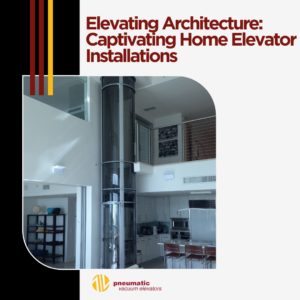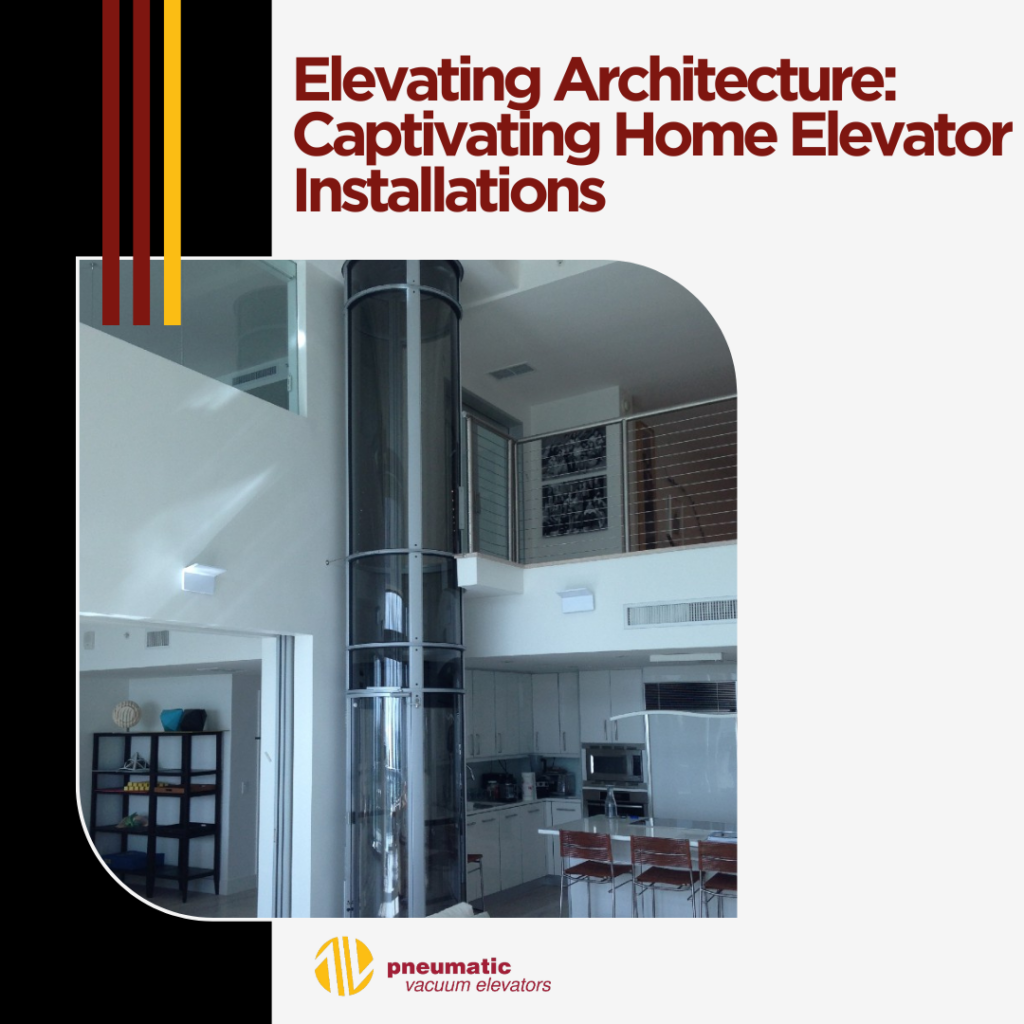
The integration of home lifts goes beyond mere functionality; it’s a fusion of architectural innovation and practicality. This article delves into the profound impact that home lift installations can have on the architectural dynamics of a residence. From design considerations to the transformative influence on spatial aesthetics, this exploration navigates the intricate intersection of architectural innovation and the practical installation of home lifts.
Navigating Vertical Spaces: The Architectural Harmony of Home Lifts
When contemplating home lift installations, architects and homeowners alike are presented with a canvas of possibilities. It’s not merely about adding an element of convenience; it’s about seamlessly integrating vertical mobility into the architectural narrative of a home. Architects play a pivotal role in envisioning how the lift will harmonize with the existing design, ensuring that it becomes an organic and integral part of the living space.
Design Synergy: Lifts as Architectural Features
Modern home lifts are more than utilitarian devices; they’re architectural features that can enhance the overall design aesthetics. Architects can play with materials, colors, and finishes to ensure that the lift becomes a focal point, complementing the home’s design language. The synergy between design and function is at the core of elevating homes both literally and figuratively.
Summary:
- Architectural Fusion: Explores the intersection of home lifts with architectural innovation.
- Design Synergy: Discusses how lifts serve as architectural features, harmonizing with overall design aesthetics.
- Spatial Integration: Highlights the role of architects in seamlessly incorporating lifts into the existing architectural narrative.
Space Optimization: Integrating Lifts Seamlessly
Architectural innovation in home lift installations extends to optimizing available space. Unlike traditional lifts, modern designs offer flexibility in terms of placement, eliminating the need for a dedicated and conspicuous lift shaft. This allows architects to integrate lifts seamlessly into the architectural blueprint, contributing to a more efficient and aesthetically pleasing use of space.
Customization Options: Tailoring Lifts to Architectural Themes
The diversity in lift designs facilitates customization that aligns with specific architectural themes. Architects can work closely with homeowners to choose materials, shapes, and finishes that resonate with the overall design vision. This level of customization ensures that the lift doesn’t just blend in but becomes a statement piece that adds to the architectural allure.
Summary:
- Optimizing Vertical Space: Explores how modern lift designs contribute to efficient space utilization.
- Flexible Placement: Discusses the elimination of dedicated shafts, enabling architects to integrate lifts more seamlessly.
- Efficient Use of Space: Explores the role of lifts in enhancing spatial aesthetics and overall efficiency.
Technological Integration: Lifts as Smart Architectural Elements
The integration of smart technologies in modern home lifts adds another layer to the architectural narrative. Architects can explore ways to seamlessly incorporate smart features, from intuitive control systems to energy-efficient lighting. This not only aligns with contemporary living standards but also positions the lift as a forward-thinking architectural element.
Accessibility as a Design Principle: Inclusive Architectural Innovation
Architectural innovation in home lift installations goes hand in hand with the principles of accessibility and inclusivity. Lifts become a vital element in making multi-story homes accessible to all residents, irrespective of age or mobility. This integration reinforces the concept of universal design, where architecture is not just about aesthetics but also about creating spaces that are welcoming and functional for everyone.
Summary:
- Smart Lift Features: Explores the integration of smart technologies into home lifts.
- Intuitive Control Systems: Discusses how architects can incorporate user-friendly controls and energy-efficient lighting.
- Forward-Thinking Design: Highlights the role of lifts as futuristic and smart architectural elements.
In conclusion, home lift installations transcend their functional role, becoming architectural elevations beyond expectations. Architects have the opportunity to reimagine spaces, optimize layouts, and contribute to a more inclusive and aesthetically pleasing living environment. Elevate your home’s architecture with the transformative impact of thoughtful and innovative home lift installations.
FAQ: Frequently Asked Questions
Q1: Can home lifts enhance the overall design aesthetics of a residence?
A: Absolutely. Modern home lifts are designed not just for functionality but to complement and enhance the overall architectural aesthetics of a home.
Q2: How do architects optimize space when integrating lifts into a home’s design?
A: Architects achieve space optimization by eliminating the need for dedicated lift shafts, allowing for more flexible and efficient use of available space.
Q3: Are smart technologies integrated into home lifts, and how does this impact architectural design?
A: Yes, smart features like intuitive controls and energy-efficient lighting are integrated, adding a layer of forward-thinking design to home lifts.


